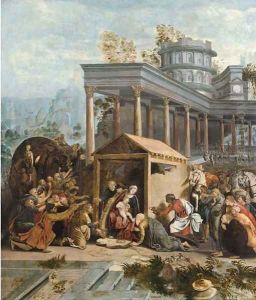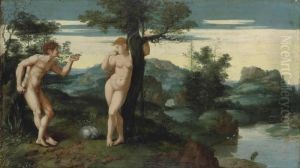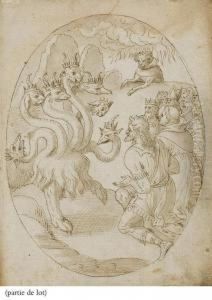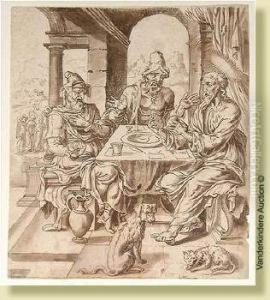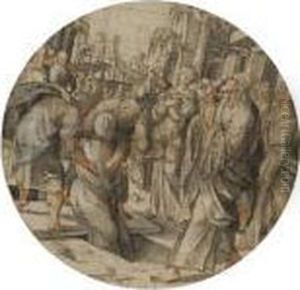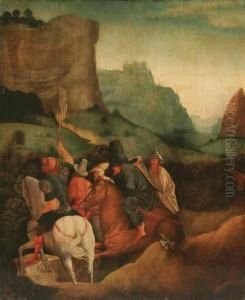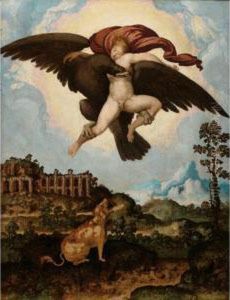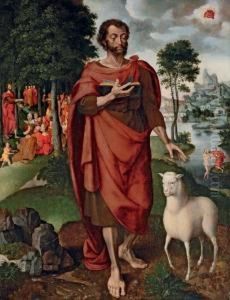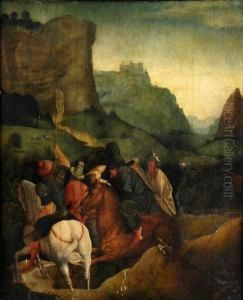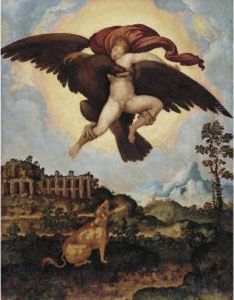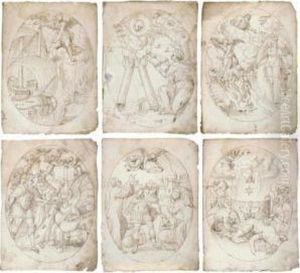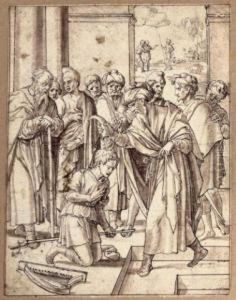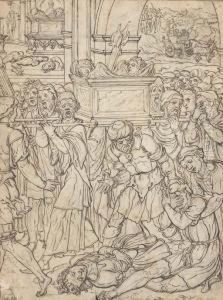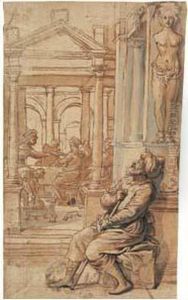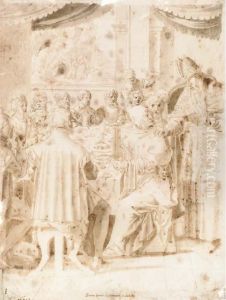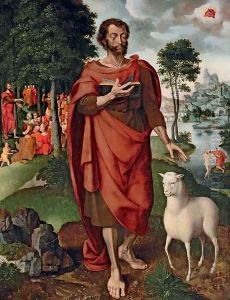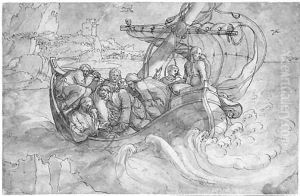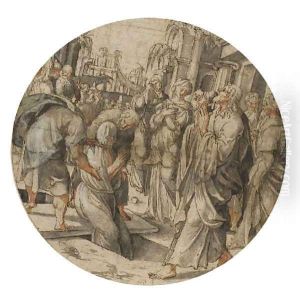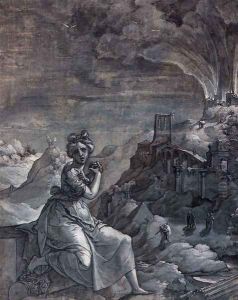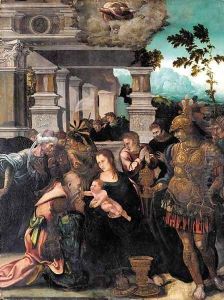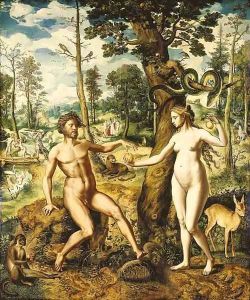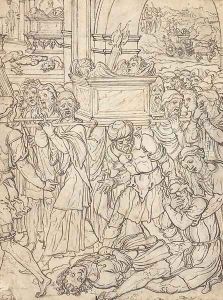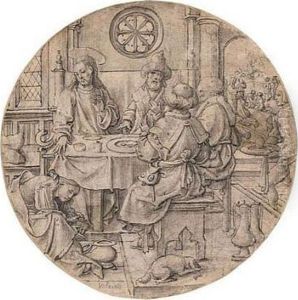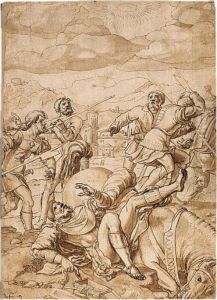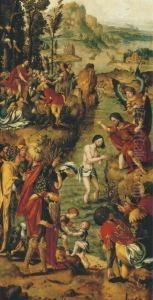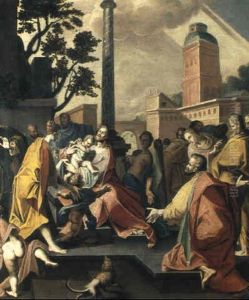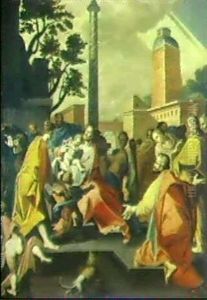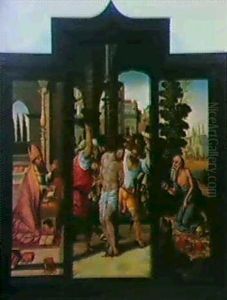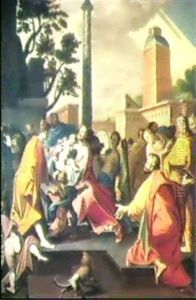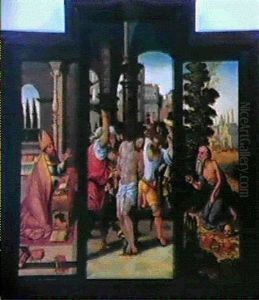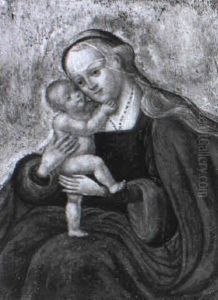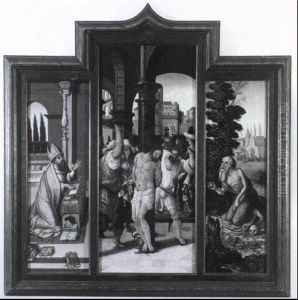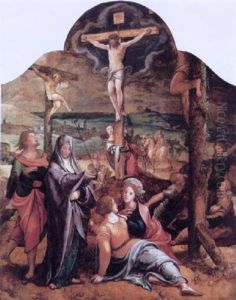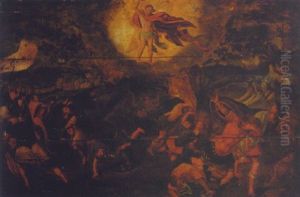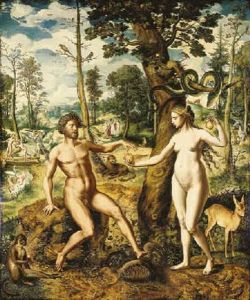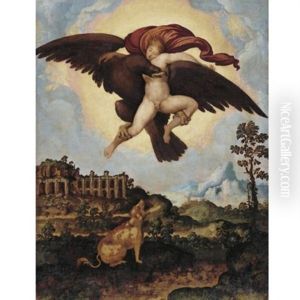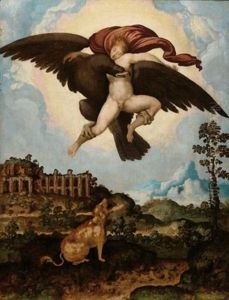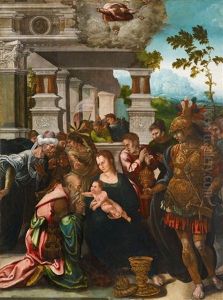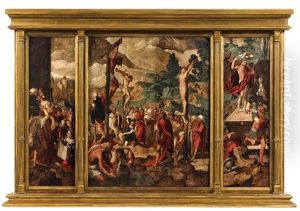Jan Swart Van Groningen Paintings
Jan Swart van Groningen was a notable Northern Renaissance artist, particularly remembered for his contributions as a draftsman and designer of stained glass and tapestry cartoons. He was born around the year 1500 in Groningen, which was then part of the Habsburg Netherlands. His surname 'Swart' means 'black' in Dutch, and it is believed to refer to his dark complexion or hair.
Swart was active during a period when the Renaissance style was beginning to permeate Northern European art, bringing with it a greater interest in realism and the use of perspective. He was one of the early Dutch artists to incorporate Italianate elements into his work, reflecting the influence of Italian Renaissance, which he may have encountered through his travels or through prints and artworks reaching the Netherlands.
Although there is limited information about his training, it is known that Swart became a master in the Guild of St. Luke, which was common for artists of his time. His works often depicted biblical and mythological scenes, executed with a strong narrative quality and attention to detail. He was particularly adept at using line to define form and create depth in his compositions.
Jan Swart van Groningen's works served as an important bridge between the Gothic tradition and the new Renaissance style. His influence was notable in the development of Dutch Renaissance art, and he played a role in the cultural exchange of artistic techniques and ideas between Italy and the Low Countries. His exact date of death is not well documented, but he is thought to have died around 1560.
Unfortunately, much of Swart's work has not survived or has been attributed to him only through stylistic analysis of surviving pieces. Therefore, while his influence is recognized, his oeuvre remains somewhat elusive. Nonetheless, his role as a pioneer in the Northern Renaissance is still acknowledged by art historians today.
